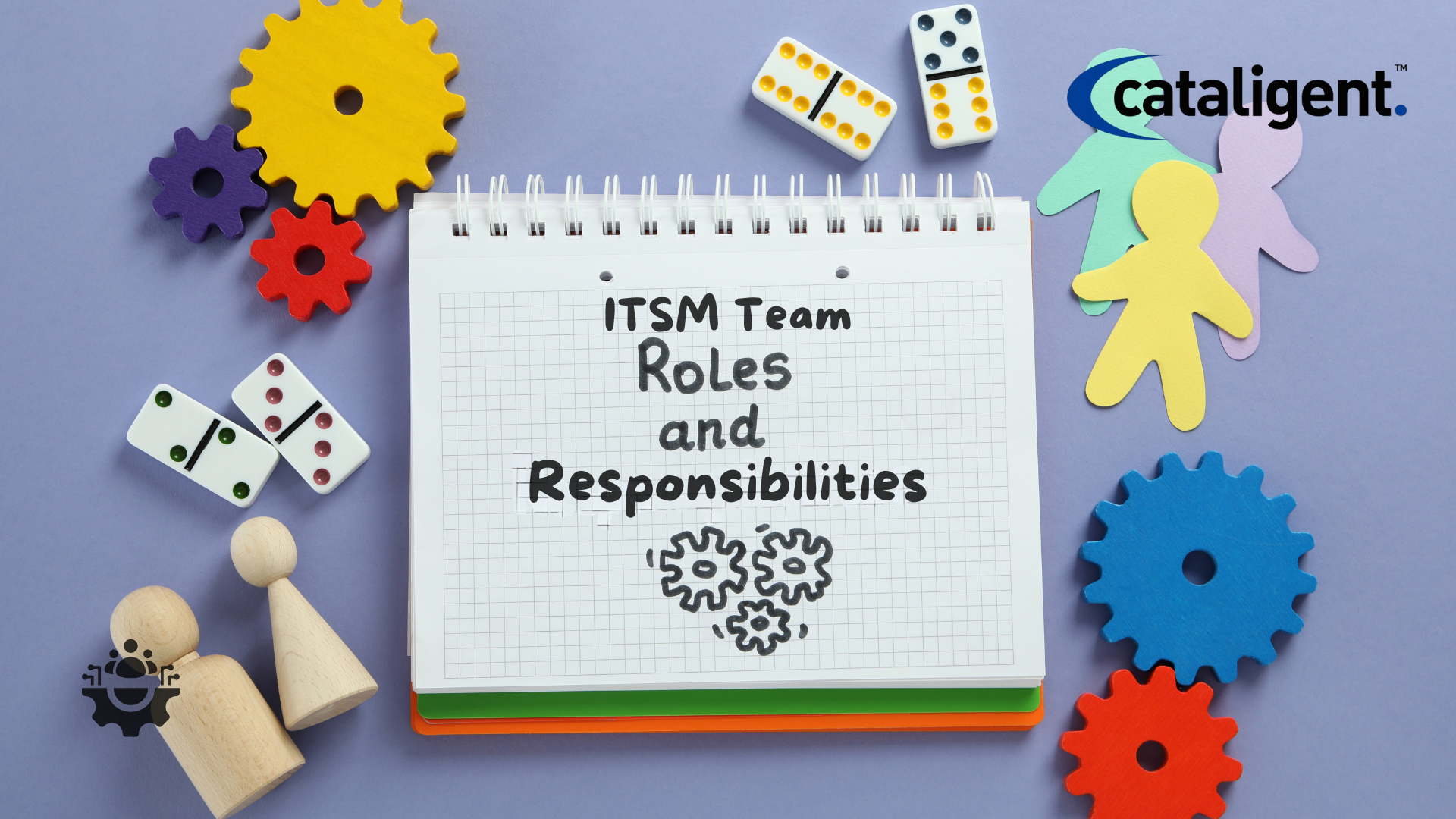In the world of Information Technology Service Management (ITSM), the strength of your ITSM team is directly tied to your ability to deliver consistent, high-quality service across the organization. A well-structured team, with clearly defined roles and responsibilities, is the foundation for achieving IT operational excellence, ensuring alignment with business goals, and facilitating digital transformation.
Why Building a Strong ITSM Team Matters
A successful ITSM framework depends not only on tools and processes but also on people. The right blend of skills, leadership, and collaboration empowers teams to manage incidents, requests, problems, changes, and assets efficiently. As organizations continue to rely heavily on IT services, a high-performing ITSM team becomes a strategic asset.
Key Roles in an Effective ITSM Team
Each role in the ITSM structure plays a unique part in ensuring smooth service delivery. Below are some of the critical roles and their responsibilities:
1. ITSM Manager / Service Delivery Manager
- Oversees the entire ITSM operation
- Aligns ITSM strategy with business goals
- Ensures service quality and compliance
- Manages vendor relationships and SLA adherence
2. Incident Manager
- Leads the response to service disruptions
- Coordinates resolution efforts and communications
- Ensures proper documentation of incidents
- Implements measures to reduce recurrence
3. Problem Manager
- Investigates root causes of recurring incidents
- Maintains the Known Error Database (KEDB)
- Initiates permanent fixes and preventive measures
4. Change Manager
- Governs the change management process
- Reviews, approves, and schedules changes
- Minimizes risks and disruptions from IT changes
5. Configuration Manager / Asset Manager
- Maintains the Configuration Management Database (CMDB)
- Tracks IT assets and relationships
- Ensures compliance with IT asset lifecycle management
6. Service Desk Manager
- Manages the front-line support team
- Ensures prompt incident and request handling
- Monitors service desk metrics and CSAT
- Provides escalation support and staff training
7. Service Desk Analyst / Support Technician
- Acts as the first point of contact for users
- Handles incident resolution and service requests
- Escalates complex issues to higher support levels
8. Knowledge Manager
- Oversees creation and maintenance of the knowledge base
- Promotes Knowledge-Centered Service (KCS) principles
- Ensures self-service success and knowledge accessibility
9. Release Manager
- Coordinates deployment of new services or updates
- Works with development and operations teams
- Ensures changes are delivered efficiently and securely
10. ITSM Tool Administrator
- Configures and maintains ITSM software platforms (e.g., ServiceNow, ManageEngine)
- Customizes workflows, forms, and dashboards
- Ensures tool availability and performance
Building the Right Team Structure
Your ITSM team structure should reflect the size, scope, and needs of your organization. A small company may combine multiple responsibilities into fewer roles, while larger enterprises often have specialized roles for greater control.
Recommended Team Models:
- Centralized: All ITSM processes managed by a single unified team.
- Decentralized: Different business units manage their own service teams.
- Hybrid: Combines centralized oversight with decentralized execution.
Skills and Competencies Required
To build a robust team, look for professionals with:
- Strong technical knowledge and troubleshooting skills
- Clear understanding of ITIL principles and ITSM tools
- Effective communication and customer service orientation
- Analytical thinking and problem-solving abilities
- Change and project management skills
Certifications like ITIL v4, CompTIA, HDI, and COBIT also add value and validate skills.
Encouraging Team Collaboration and Growth
1. Foster a Culture of Continuous Improvement
- Encourage regular feedback loops
- Promote learning and upskilling through certifications and workshops
2. Empower Decision-Making
- Allow team members to take ownership of responsibilities
- Encourage initiative in solving problems and implementing changes
3. Use Collaborative Tools
- Leverage tools like Jira, Confluence, Teams, and Slack to improve communication and tracking
4. Recognize and Reward Contributions
- Acknowledge achievements and excellent service delivery
- Create opportunities for career growth
Challenges in Building an ITSM Team
- Talent Shortage: Skilled ITSM professionals are in high demand.
- Change Resistance: Teams may resist new roles or workflows.
- Siloed Operations: Lack of cross-functional collaboration can hamper service delivery.
- Tool Complexity: Learning curves for new ITSM platforms can slow down efficiency.
Overcoming these challenges requires strategic planning, change management, and leadership buy-in.
Measuring Team Performance
Track these KPIs to assess the effectiveness of your ITSM team:
- Incident resolution time
- First-call resolution rate
- SLA compliance rate
- Customer satisfaction (CSAT)
- Knowledge base usage and effectiveness
Aligning Team Roles with ITIL and Business Strategy
By aligning your team structure with ITIL 4 best practices, you promote:
- Value-driven service delivery
- Clear role accountability
- Operational excellence
- Business-IT alignment
Ensure that all roles understand their contribution to strategic objectives and key outcomes.
Conclusion
A well-defined and structured ITSM team is critical to delivering high-quality IT services. By clearly assigning roles and responsibilities, encouraging collaboration, and continuously developing skills, organizations can create an ITSM unit that not only supports daily operations but also drives innovation and business success.
Whether you’re building your team from scratch or restructuring an existing one, prioritizing role clarity, talent development, and performance metrics will pave the way for sustained excellence in service management.

